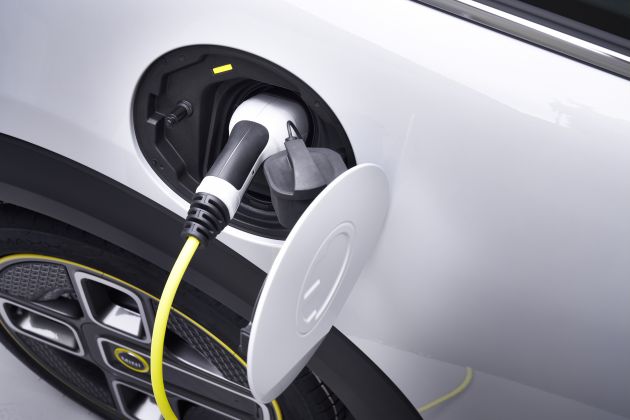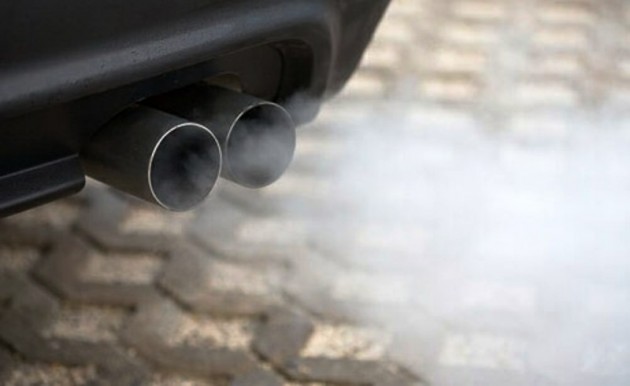Electrification may be the future, but the transition won’t happen seamlessly across the globe. Certainly, the progress won’t be uniform, because the strength of an economy will inevitably dictate how fast changes can happen, especially when the entry costs of what is still a nascent, evolving form are still prohibitive to most.
As such, you would think that it would be third-world countries in which slow adoption rates will occur, but strange as it may sound, hiccups can occur even in developed markets, not due to economics but because emissions rules aren’t up to measure.
Australia is a case in point, as CarAdvice reports. Lagging emissions regulations and the absence of resolve from the government to do more is causing the country to fall behind in terms of new model introductions, particularly that of electric vehicles.
This is putting the country at risk of becoming the “automotive third world” amongst its developed peers. That claim comes from a Volkswagen Australia spokesperson, which told the publication that while the company was “only too eager to import electric vehicles, Australia’s regulatory backwardness makes it almost impossible to make a case to the factories for prioritisation.”
With Europe, China, Japan and the USA all having significantly more stringent emission regulations than Australia, it is becoming increasingly difficult for local branches to justify the importing of newer and more environmentally-friendly models at the expense of overseas quotas.
“First world markets – where there are significant penalties for failing to meet emissions targets – will naturally be the first in line for zero emission vehicles. It is difficult to explain to parent companies that Australia continues to languish in Euro 5 with no intention of meeting Euro 6 until 2027. As the Volkswagen Group has frequently made clear, Australia is becoming an automotive third world,” the spokesperson said.
Around 7,000 EVs were sold in the country last year, but the increase was just under 4% from that of the previous year, and represented only 0.7% of the one million cars sold in the country last year.
Tax for the use of an electric vehicle isn’t helping matters. From July 1, the state of Victoria will introduce a tax on electrified cars, with owners of pure EVs set to pay 2.5 cents (eight sen) per km and drivers of hybrids, two cents (around six sen) per km. The tax, which is forecast to cost drivers up to AUD300 (RM955) a year, is expected to raise AUD30 million (RM95.5 million) over four years.
“Retrograde measures such as these, coupled to emissions regulations that lag more than a decade behind those of Europe and a lack of accessible public charging stations, diminish our company’s case to the factory in Germany for zero emission vehicle prioritisation,” the spokesperson continued.
“As a consequence, other countries are now receiving Volkswagen’s range of relatively affordable [electric vehicles], while the date of commencement for Australia’s roll-out is increasingly uncertain. Already, Australia is missing the latest and most efficient conventional engines because of its appalling petrol quality, which remains among the most sulphurous in the OECD.” the spokesperson stated.
In 2019, the country announced that it would retain its current petrol standards unchanged for the next eight years. Changes would come slowly, first with the lowering of the aromatic content starting in 2022 and then with the lowering of the sulphur limits starting in 2027.
Three grades of petrol are available in Australia, Euro 3 RON 91 and Euro 4 RON 95 and RON 98 petrol. The RON 91 fuel meets the Euro 3 fuel specification of a 150 parts per million (ppm) sulphur limit, while Euro 4 RON 95 and RON 98 has 50 ppm, standards that lag well behind Euro 5 (10 ppm), which was introduced more than a decade ago. The country’s diesel fuel has had an Euro 5 10 ppm sulphur limit since 2009.
In a recent poll, a majority of Australians indicated that they would support the introduction of new measures by the government for increasing EV uptake, including financial incentives and a ban on the purchase of new fossil-fuel vehicles from 2035. Many who were polled called on the government to step in and show leadership on EV policies.
The situation with fuel standards largely mirrors that found here. Malaysia made the switch to Euro 4M RON 95 petrol in January last year, while Euro 4M RON 97 petrol has been available since September 2015. It won’t be until September 2025 that Euro 5 RON 95 and RON 97 will be introduced here. While we do have Euro 5 diesel, which debuted in November 2014, well ahead of its gazetted September 2020 introduction, Euro 2M diesel is still the primary diesel grade on offer in the country.
Likewise, Malaysia’s journey towards electrification, although it has to be said that Australia, despite the perceived lack of progress, remains well ahead on that particular topic. At the end of 2020, the total number of EVs in Australia was roughly above the 20,000 unit mark. As for Malaysia, our figures are abysmally low, with no more than 500 units in all at best. With no clear policy outlined or economic incentives defined, it might be a good while before we even get moving, and let’s not begin the talk about being left behind.
The post Australia risks becoming an “automotive third world” due to its lagging emissions regulations – report appeared first on Paul Tan's Automotive News.




0 Comments